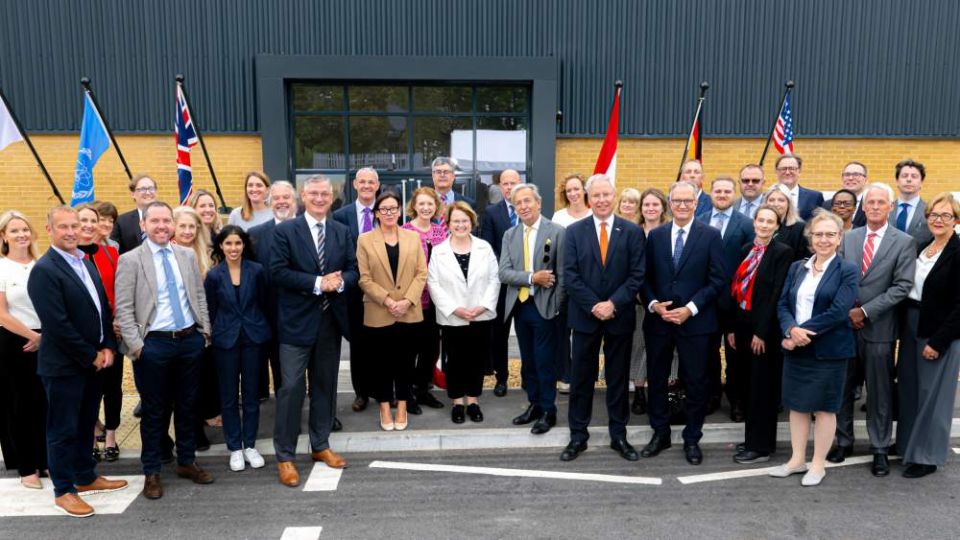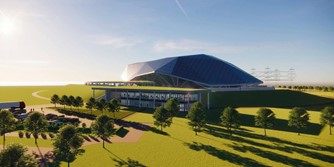Relearning how to build nuclear in the U.K.

The effort to build the Hinkley Point C nuclear power plant in Somerset, England, has been “prodigious, lengthy, and increasingly costly.” So says London-based energy, business, and environment writer Stanley Reed in his recent New York Times article, “Why Britain Is Struggling with Nuclear Power.”
Hinkley Point is the first U.K. nuclear power plant to be built since the mid-1990s. Construction on the project, led by Électricité de France, began in 2017 and has been marked by repeated delays and budget overruns.
Reed attributes the schedule and budget problems mostly to issues related to workforce skills and certification, permitting, and regulatory processes. Hinkley Point’s managing director, Stuart Crooks, is quoted as saying, “Relearning nuclear skills, creating a new supply chain, and training a work force has been an immense task.” Simon Taylor, a professor at the University of Cambridge’s Judge Business School, noted in the article that both the “U.K. and the U.S. have, in a sense, forgotten how to build nuclear power stations. We may rebuild that knowledge, but it will take a long time.”
More delays: According to EDF, Reed reports, Hinkley Point C is expected to face additional delays that may push its operational date to 2031. The delays, in turn, may push the final cost to some £47.9 billion ($60 billion), compared with the original estimated cost of £18 billion.
Reed writes that “nuclear energy’s track record in Western Europe and the United States is not encouraging, with delays and staggering cost overruns plaguing recent projects. The fate of Hinkley Point and another project, planned on England’s east coast in the village [of] Sizewell, could determine whether the nuclear momentum in Britain gathers pace or peters out.”
Regulations: Because of the United Kingdom’s “painstakingly thorough” process for certifying and permitting nuclear reactors, developers face unnecessary cost overruns, according to Reed. He quotes EDF’s Crooks as blaming Britain’s cumbersome regulatory rules for requiring 7,000 changes to Hinkley Point’s original design, including substantially larger quantities of steel and concrete.
In 2020, Japanese company Hitachi confirmed its withdrawal from a costly nuclear project in Wales. Reed compares this failed project to the current problems plaguing Hinkley Point, adding that the country’s nuclear complications have been worsened by EDF’s pressurized water reactor design, which, he says, is “now known for flaws, delays and cost overruns.”
Financing: Despite ongoing problems, notes Reed, the U.K. government remains committed to new nuclear projects. “Prime Minister Rishi Sunak recently announced an additional £1.3 billion to help finance EDF’s construction of its plant at Sizewell,” he writes. In terms of financing the project, the government “is talking to a group of investors about buying into the Sizewell plant. As an enticement, officials are offering a new financing model that will allow developers to recoup their investments sooner.”
Financing has become an increasingly important issue for the government, which is now trying to reduce China’s involvement in the U.K. nuclear industry. China was previously expected to play a large role in financing nuclear projects in the country.





.jpg)



